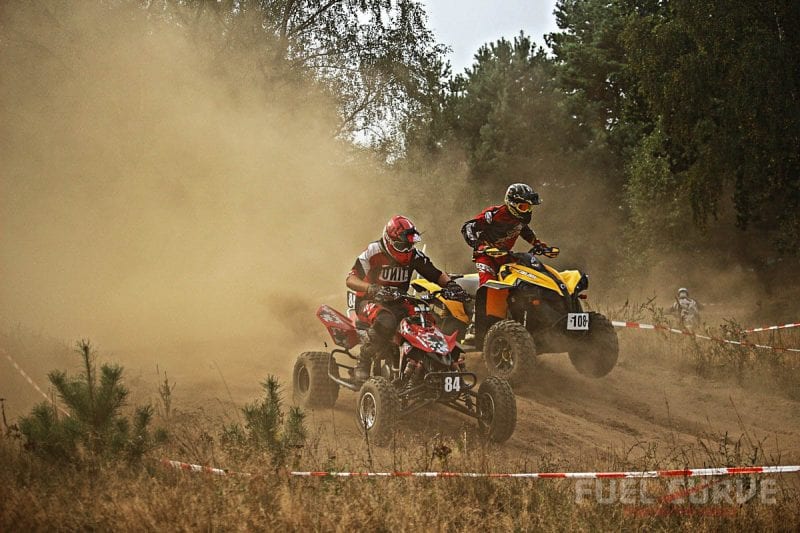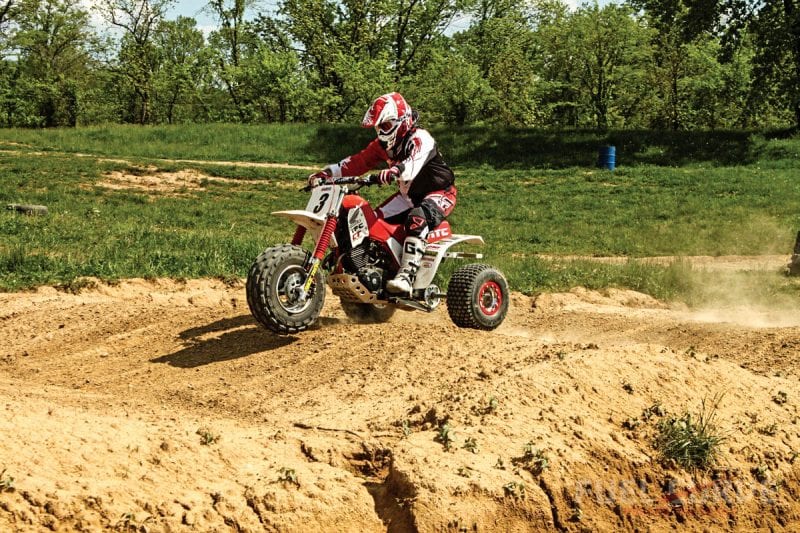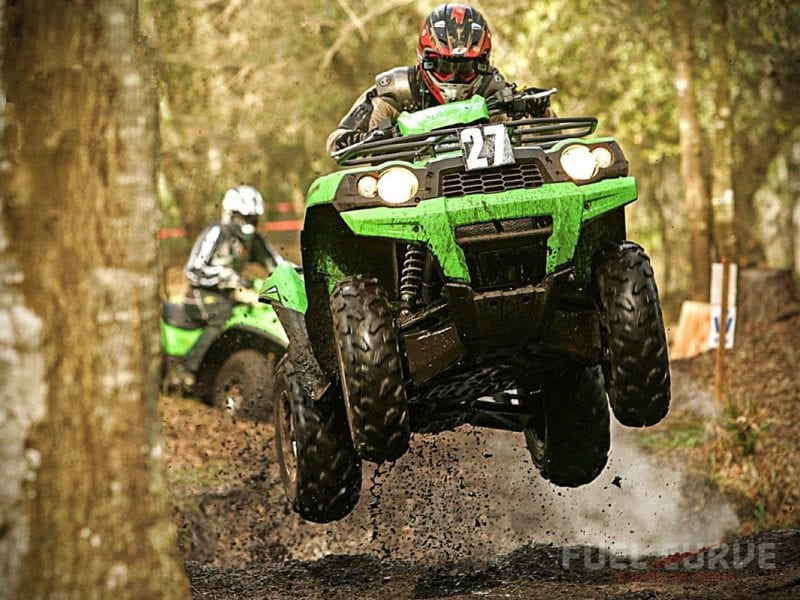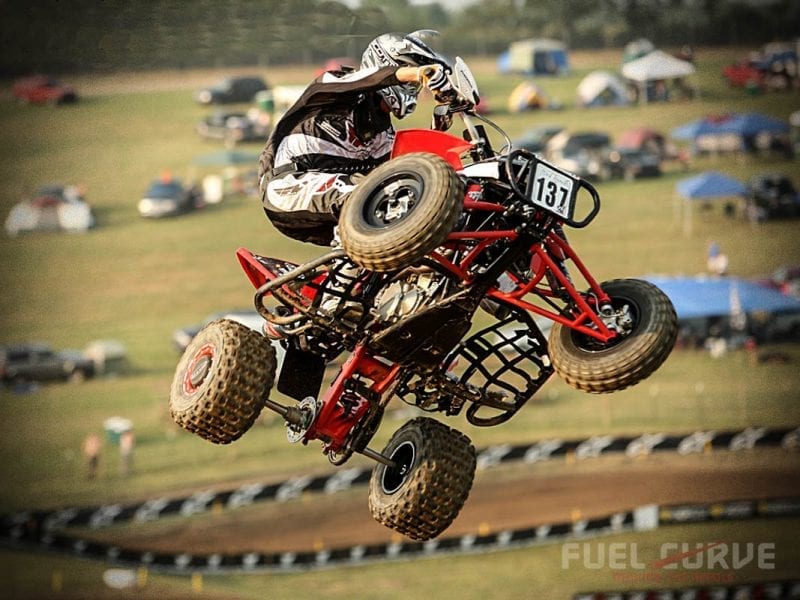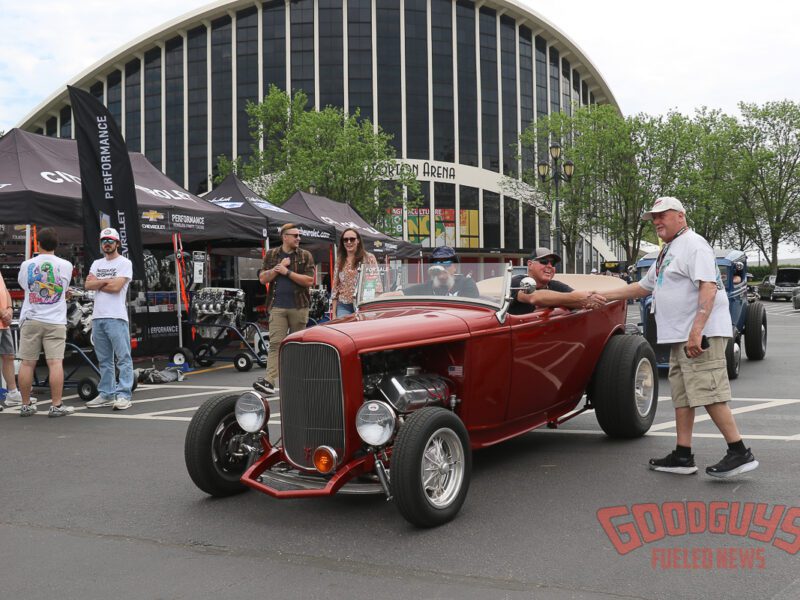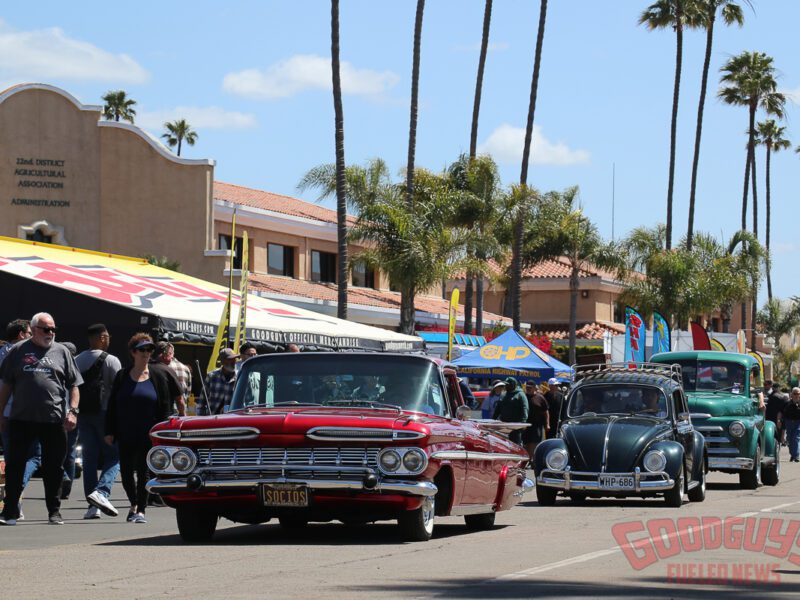ATV Racing, Born to be Wild
ATV racing has blown up in America. You would think this far down the evolutionary road, human nature is well understood. Homo sapien behavior is motivated by primal needs, such as food, shelter, love (okay, lust) and, apparently, an obsessive desire to race any device powered by an internal combustion engine. Yes, combine fossil fuels and a compression ratio, and man will hit the ignition and race for pink slips. No wonder the invention of the wheel is held in such high regard.

This behavior is perhaps best illustrated by the increasingly popular sport of all-terrain-vehicle (ATV) racing. These quirky, oversized-insects-on-wheels have evolved from practical farming tools (their original purpose) into fierce high-powered racing machines, capable of performance equal to a motocross motorcycle. Mud, sand, jumps, desert chaparral – no matter – all conquered by the modern ATV racer.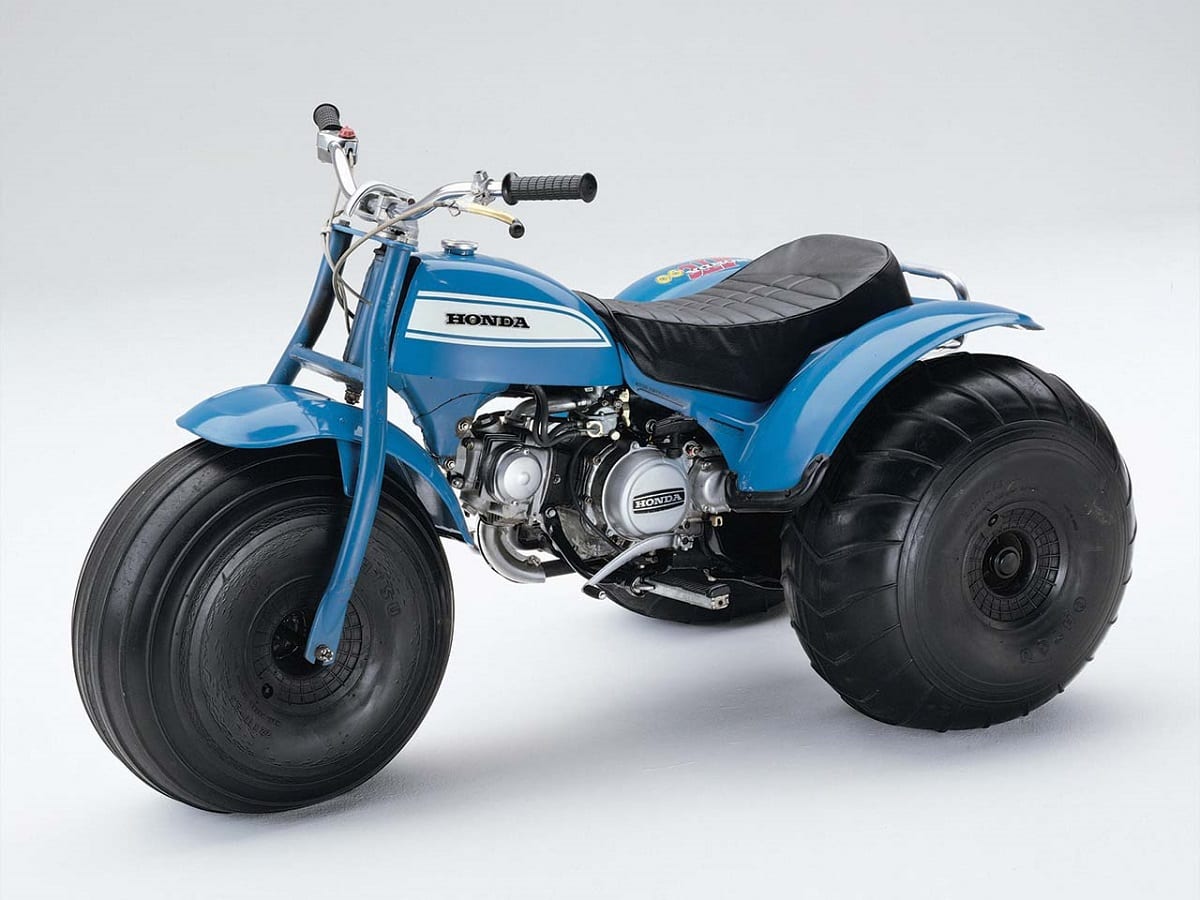
ATVs were initially developed in Japan in the late 1960s by Honda as a farm-to-town vehicle for use in isolated, mountainous areas, as mountainous roads were often impassable with conventional vehicles. The first ATVs were three-wheel, looking like an elephantine children’s tricycle, albeit one powered by a motor.

It wasn’t long before ATVs showed up at off-road races, usually reserved for dune buggies, 4×4 trucks, and motorcycles. In pre-race testing for the 1980 Baja 1000, a group of Hondas surprised racing legend, Mickey Thompson, when they caught and passed him. That convinced Thompson to promote an official three-wheel class at the SCORE-sanctioned 1981 Parker 400 held in the Arizona desert. By 1984, a Honda-backed ATC250Rs finished first and second in class, fourth and fifth overall at Parker. Nothing on four wheels finished ahead of the ATVs.
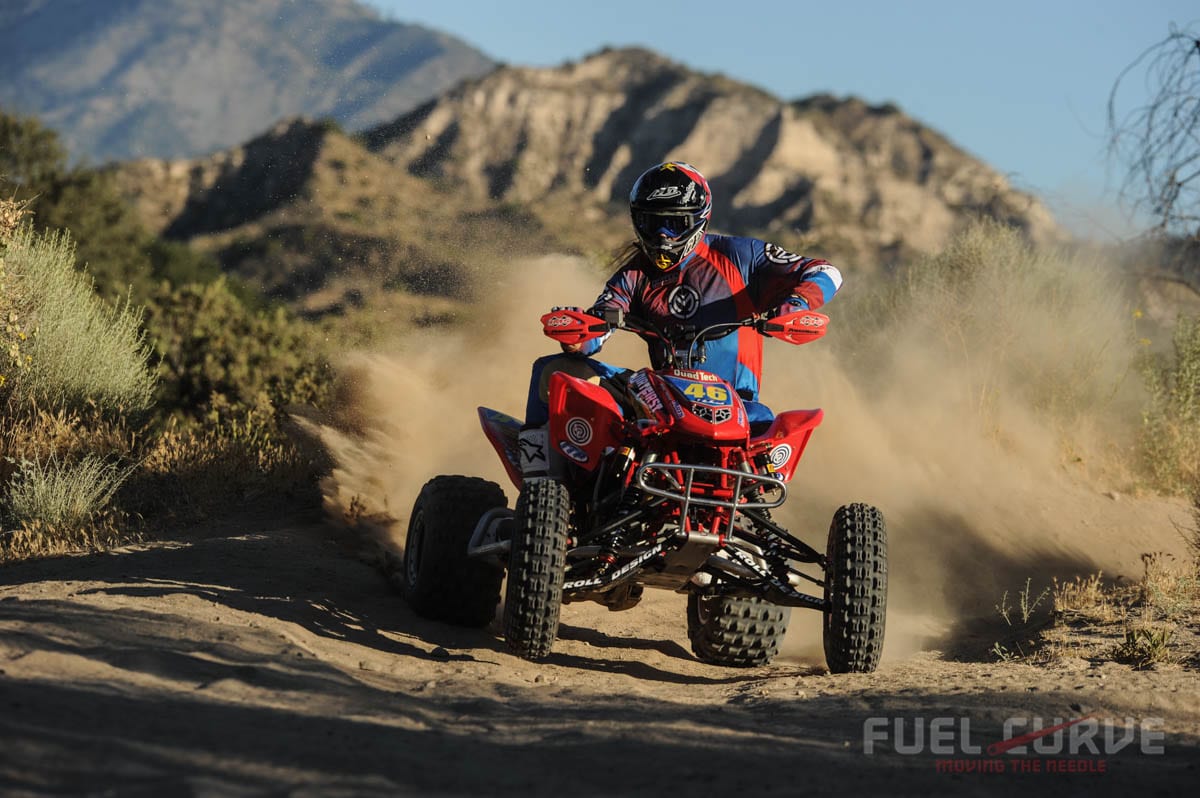
ATV racing has progressed from three-wheelers with no suspension in the mid-1980s to the state-of-the-art, water-cooled four-wheelers of today. To be successful, an ATV must have lightweight, high power, good suspension and a low center of gravity. ATV racing includes such disciplines as motocross, woods racing (also known as hare scrambles, cross country), desert racing, hill climbing, ice racing, speedway, TT (Tourist Trophy), flat track, drag racing and others. Over time, motocross-type, closed-circuit racing has proved the most popular, for spectators, competitors, and sponsors.
As ATV recreational and racing popularity increased, so did concerns about safety. Safety issues with 3-wheel ATVs caused all manufacturers to switch to four-wheeled models in the late ’80s, and three-wheel models ended production in 1987 due to consent decrees between the major manufacturers and the Consumer Product Safety Commission.
The public quickly adopted four-wheel ATVs, known as “quads,” and sales of ATVs continued to go grow. In the late 1990s, yet another type of ATV was introduced – the UTV (utility terrain vehicle) side x side, which utilizes two seats, side-by-side for driver and passenger, and more Jeep-like bodywork. Naturally, UTVs have joined the racing fraternity.
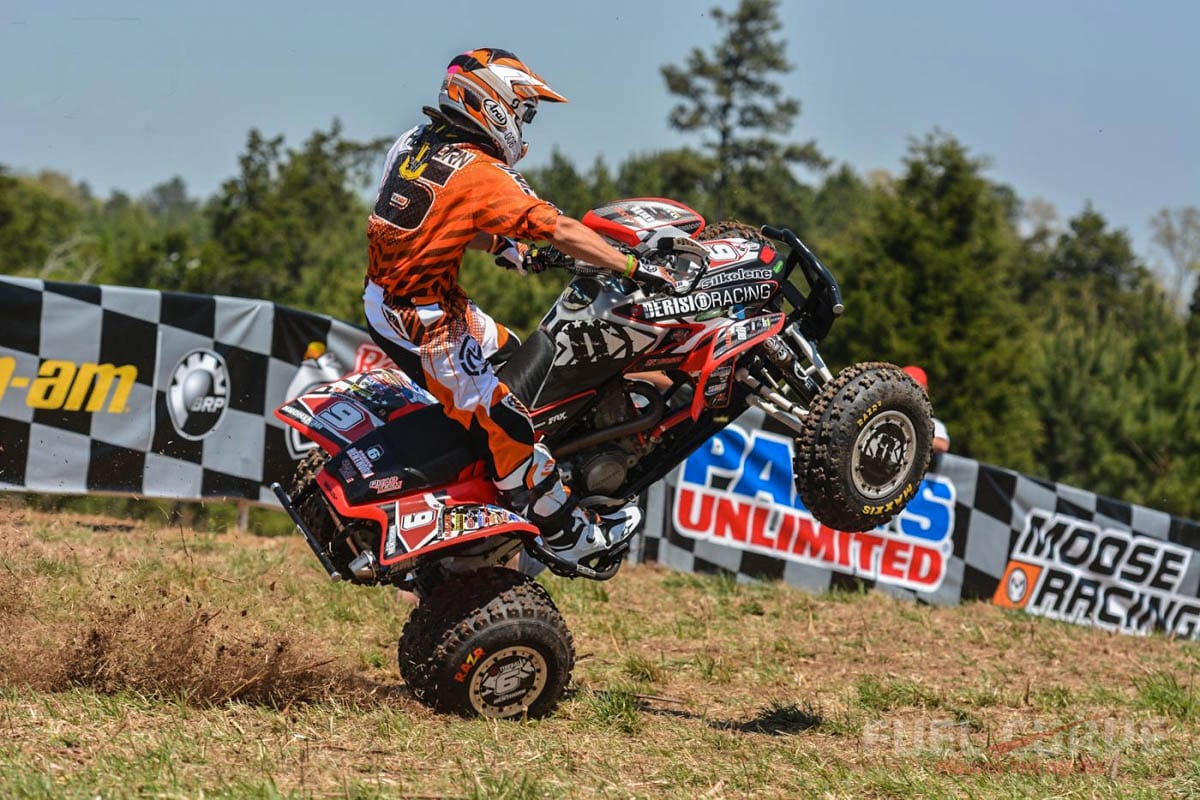
The performance of a race ATV is quite remarkable. Powered by 4-cycle engines ranging from 50cc for youth classes to 500cc for professional classes, the top pro ATVs can accelerate briskly and reach top speeds in excess of 100 mph. Just as impressive is modern ATV suspension design, which gives them the ability to bound effortlessly across the landscape, undeterred by bumps and jumps. On a demanding motocross course, ATVs gobble up bumps and soar over ramps with an aplomb equal to their more nimble two-wheeled counterparts.

All major motorcycle brands compete in ATV racing, backed by factory sponsorship and technical support. Yamaha, Suzuki, Kawasaki and Honda, plus ATVs from Polaris, Artic Cat, KTM, and Can-Am, are all major players. The Yamaha Rhino is the dominant side x side.

No doubt, “gentleman, start your engines,” is the universal cry of the motorhead, whether that motor is in a NASCAR stock car or an all-terrain-vehicle. Us humans wouldn’t have it any other way.


